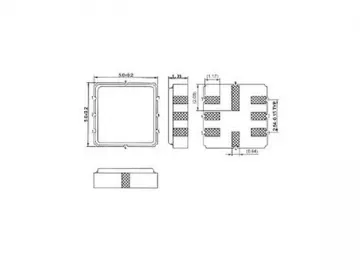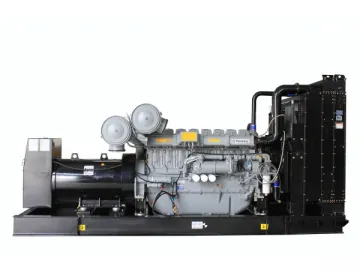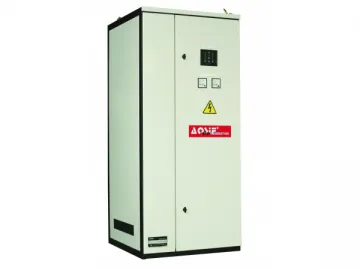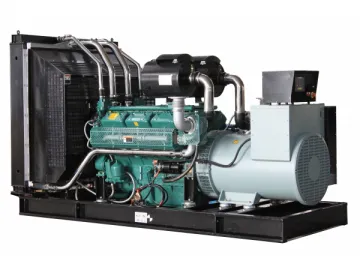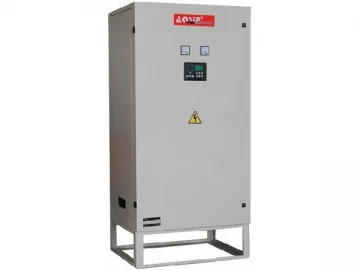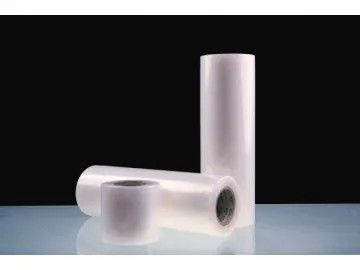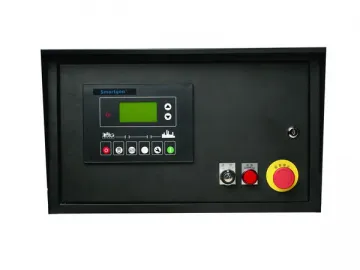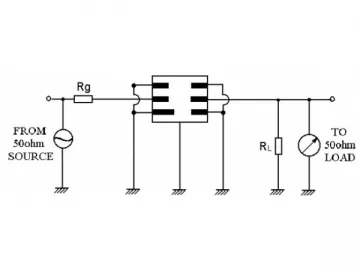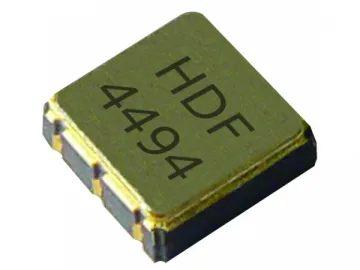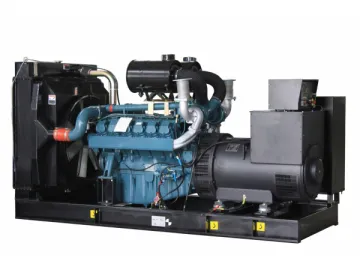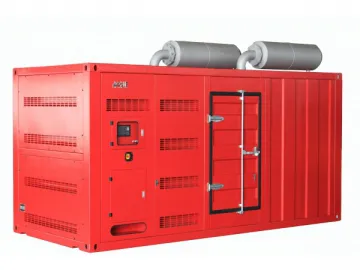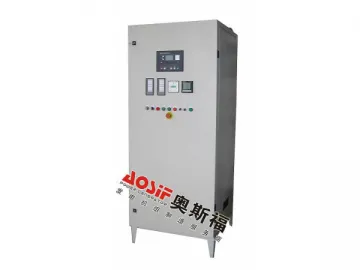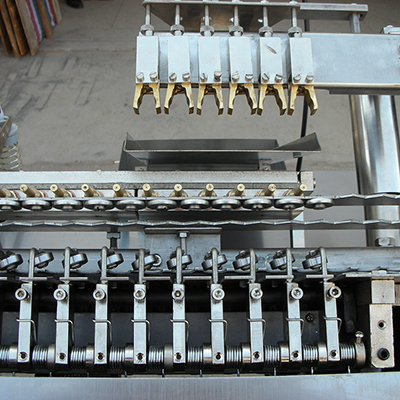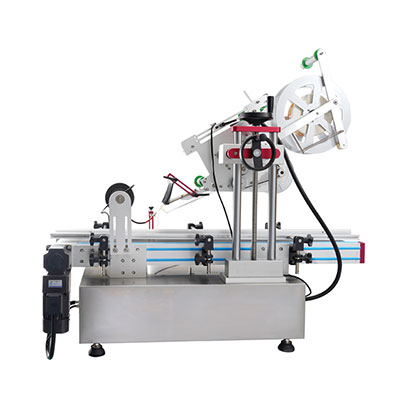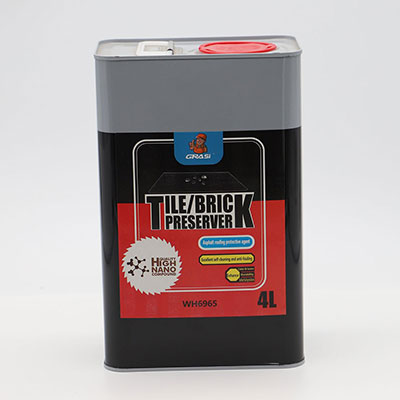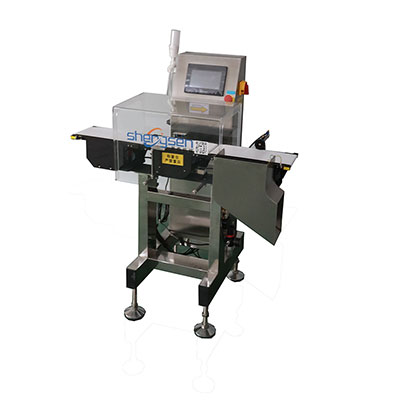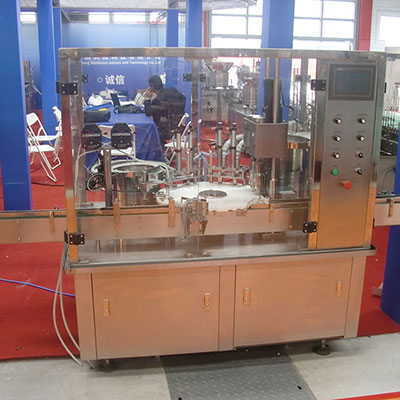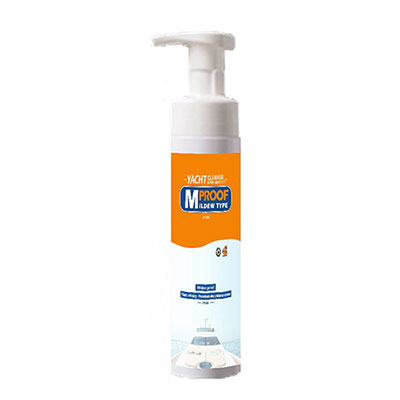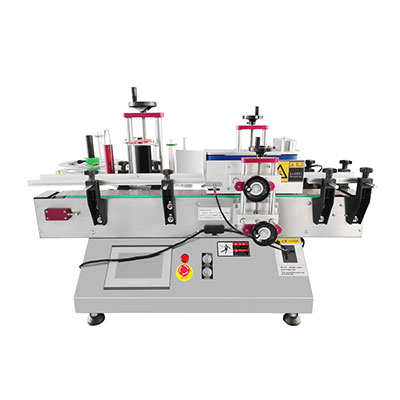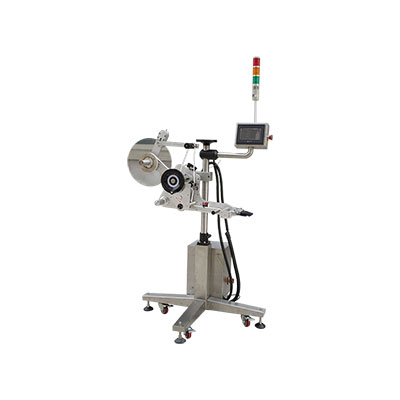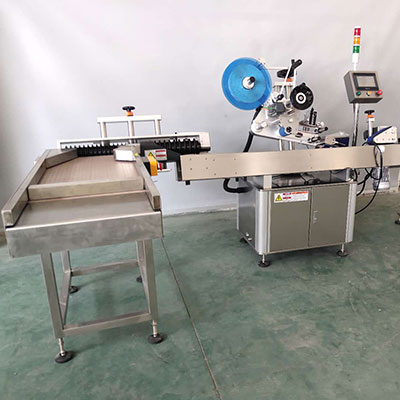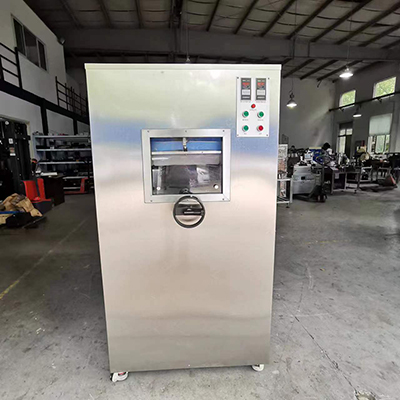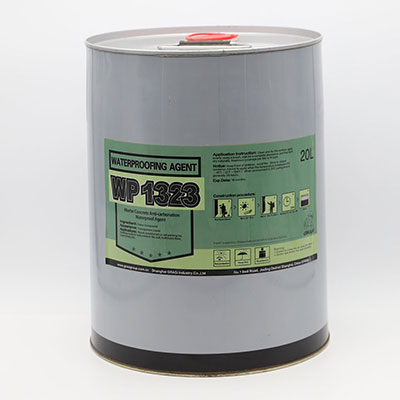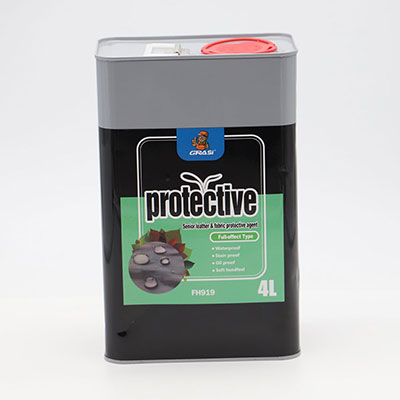1575MHz SAW Filter
1575MHz SAW Filter
HDF1575AS6
The 1575MHz SAW filter is for GPSapplications with a usable bandwidth of 2 MHz. It has no impedance matchingrequire for operation at 50Ω. It has a single-ended operation.
Table 1
| Parameter | Symbol | Conditions | Min. | Typical | Max. | Unit |
| Center frequency |
|
|
| 1575.42 |
| MHZ |
| Operational bandwidth | f op |
| 1574.22 |
| 1576.62 | MHz |
| Insertion Loss | IL | In f op |
| 1.5 | 2.5 | dB |
| Amplitude Variation | AV | In f op |
| 0.2 | 0.5 | dB |
| VSWER | SWR | In f op |
| 1.3 | 2 |
|
| Rejections wrt 0 dB | Rj1 | 0.3 ~ 700 MHz | 40 | 45 |
| dB |
| In Top | Rj2 | 700~1460MHz | 37 | 40.5 |
| dB |
|
| Rj3 | 1460~1470MHz | 45 | 50 |
| dB |
|
| Rj4 | 1470~1525MHz | 37 | 43 |
| dB |
|
| Rj5 | 1525~1535.42MHz | 20 | 25 |
| dB |
|
| Rj6 | 1615.42~1620MHz | 25 | 35 |
| dB |
|
| Rj7 | 1620~1650 MHz | 45 | 50 |
| dB |
|
| Rj8 | 1650~3000 MHz | 40 | 45 |
| dB |
| I/P & O/P impedance | Zin/Zout | Unmatched |
| 50 |
| Ohm |
Notes:
1. All specifications arebased on the matching schematic table shown, measured by Agilent Network analyzer and full 2 portcalibration.
2. Electrical margin has beenbuilt into the design to account for variations due to temperature drift andmanufacturing tolerances.
3. All attenuation measurements areconsidered according to insertion loss
Marking
Color: Black or Blue
1575: Center Frequency(MHz)
Maximum Rating of 1575MHz SAW Filter
| Operation Temperature Range | -40 ℃ to 85℃ |
| Storage Temperature Range | -40 ℃ to 85℃ |
| Power Handling Capability | 10dBm |
Environmental Characteristics of 1575MHz SAW Filter
1.Temperature cycling
The 1575MHz SAW filter must be in aplace with low temperature, -40 ℃ for thirty minutes,following by a high temperature of 25℃ forfive minutes and then a higher temperature of 85℃ for thirty minutes. When the device is released into a room with normaltemperature conditions for one or two hours prior to the measurement,it shall meet the specifications in table 1.
2. Resistance to solder heat
Submerge the 1575MHz SAW filter terminals into the solder bath at 260℃ ±5℃ for 10 ± 1 second. Then release the device into a room with normal temperatureconditions for four hours, it shall meet the specifications in table 1.
3. Solderability
Submerge the device terminals into the solder bath at 245℃ ±5℃ for five seconds. More than 95% area of the soldering pad must be covered withnew solder; the 1575MHz SAW filter shall meet the specifications in table 1.
4. Mechanical shock
Drop the 1575MHz SAW filter randomly onto the concrete floor from a height of 1 m three times. The filter shall fulfil the specifications intable 1.
5. Vibration
Subject the device to vibration for two hours each in x, y and z axes withamplitude of 1.5 mm at 10 to 55 Hz. The filtershall fulfil the specifications in table 1.
Remarks for 1575MHz SAW Filter usage
1. Static voltage
Please avoid static voltagebetween signal load and ground, it may cause deteriorationor destruction of the SAW filter components.
2. Ultrasonic cleaning
Please avoid ultrasonic cleaning, it may cause deterioration ordestruction of the SAW filter components.
3. Soldering
Please avoid soldering different parts of the SAW filter components, just leads may be soldered.
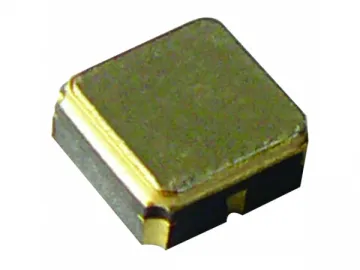
Packingof 1575MHz SAW Filter
1. Dimensions
(1) Carrier Tape: Figure 1
(2) Reel: Figure 2
(3) The 1575MHz SAW filter shallbe packed properly to avoid damage during transportation or storage.
2. Reeling Quantity
1000 pieces/reel 7’’
3000 pieces/reel 13’’
3. Taping Structure
(1) The tape shall be wrappedaround the reel in the direction shown below
(2) Label
| Device Name |
|
| User Product Name |
|
| Quantity |
|
| Lot No. |
|
(3) Leader part andvacantposition specifications.
Tape Specifications of 1575MHz SAW Filter
1. Tensile Strength of Carrier Tape:4.4N/mm width
2. Top Cover Tape Adhesion(See the belowfigure)
(1) Pull off angle: 0~15º
(2) Speed: 300mm/min.
(3) Force: 20~70g
[Figure 1] Carrier Tape Dimensions
[Unit:mm]
| W | F | E | P0 | P1 | P2 | D0 | D1 | t1 | t2 | A | B |
| 12.00 ±0.30 | 5.50 ±0.10 | 1.75 ±0.10 | 4.00 ±0.1 0 | 4.00 ±0.10 | 2.00 ±0.10 | Ø1.50 | Ø1.5 ± 0.25 | 0.31 ±0.05 | 1.30 ±0.10 | 3.4 MAX. | 3.4 MAX |
[Figure 2]
[Unit: mm]
Links:https://www.globefindpro.com/products/92797.html
